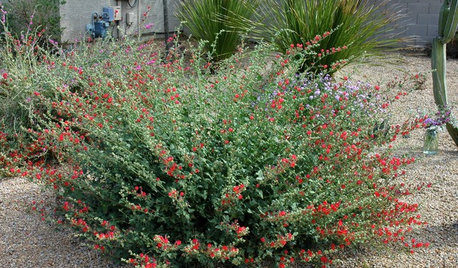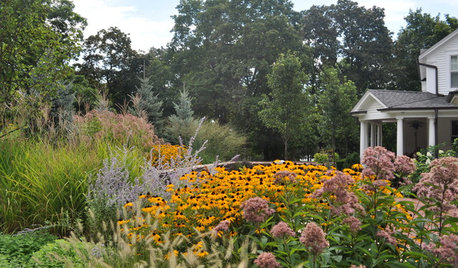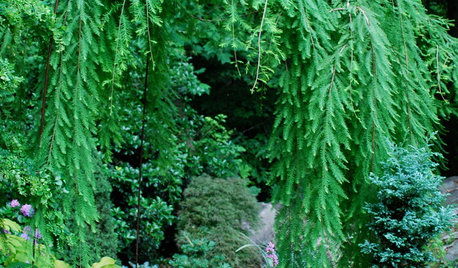Graden soil and fertilizer for orange tree
keirapham
14 years ago
Related Stories

GARDENING GUIDESHow to Keep Your Citrus Trees Well Fed and Healthy
Ripe for some citrus fertilizer know-how? This mini guide will help your lemon, orange and grapefruit trees flourish
Full Story
GARDENING GUIDESHow to Pick a Mulch — and Why Your Soil Wants It
There's more to topdressing than shredded wood. Learn about mulch types, costs and design considerations here
Full Story
GARDENING GUIDESSouthwest Gardener's February Checklist
Orange you glad for a citrus-fertilizing reminder? And don't forget the recommended doses of vegetable seeds and cold-hardy flowers
Full Story
GARDENING GUIDESHow to Switch to an Organic Landscape Plan
Ditch the chemicals for a naturally beautiful lawn and garden, using living fertilizers and other nontoxic treatments
Full Story
GARDENING GUIDESPacific Northwest Gardener: What to Do in September
Put in cool-weather veggies, fertilize your lawn and tidy the garden this month before chilly weather arrives
Full Story
EDIBLE GARDENSHow to Add an Apple Tree to Your Edible Garden
Readily available, beautiful and fragrant, apple trees offer four-season interest along with crisp, juicy fruit
Full Story
EDIBLE GARDENSHow to Grow 10 Favorite Fruit Trees at Home
Plant a mini orchard in fall, winter or early spring to enjoy fresh-off-the-tree fruit the following year
Full Story
GARDENING GUIDESWhen and How to Plant a Tree, and Why You Should
Trees add beauty while benefiting the environment. Learn the right way to plant one
Full Story
LANDSCAPE DESIGNThe Weepers and the Creepers: 10 Intriguing Trees for Your Garden
Bring something a little different to your landscape with a tree that dives, twists or crawls
Full Story
FARM YOUR YARDIf You Have Room for Only One Fruit Tree ...
Juice up a small garden with one of these easier-care or worth-the-effort fruit trees for a mild climate
Full StoryMore Discussions







john_bonzo
keiraphamOriginal Author
Related Professionals
Ballenger Creek Landscape Architects & Landscape Designers · Essex Landscape Architects & Landscape Designers · McKinney Landscape Contractors · Cincinnati Landscape Contractors · Hannibal Landscape Contractors · Mesa Landscape Contractors · Natick Landscape Contractors · Santa Ana Landscape Contractors · Soddy Daisy Landscape Contractors · Teaneck Landscape Contractors · Tewksbury Landscape Contractors · Welby Landscape Contractors · West Chicago Landscape Contractors · Chicago Ridge Landscape Contractors · Norco Stone, Pavers & Concretejohn_bonzo
mrtexas
meyermike_1micha
john_bonzo
meyermike_1micha
rhizo_1 (North AL) zone 7
meyermike_1micha
brettay
shaki007
hoosierquilt USDA 10A Sunset 23 Vista CA